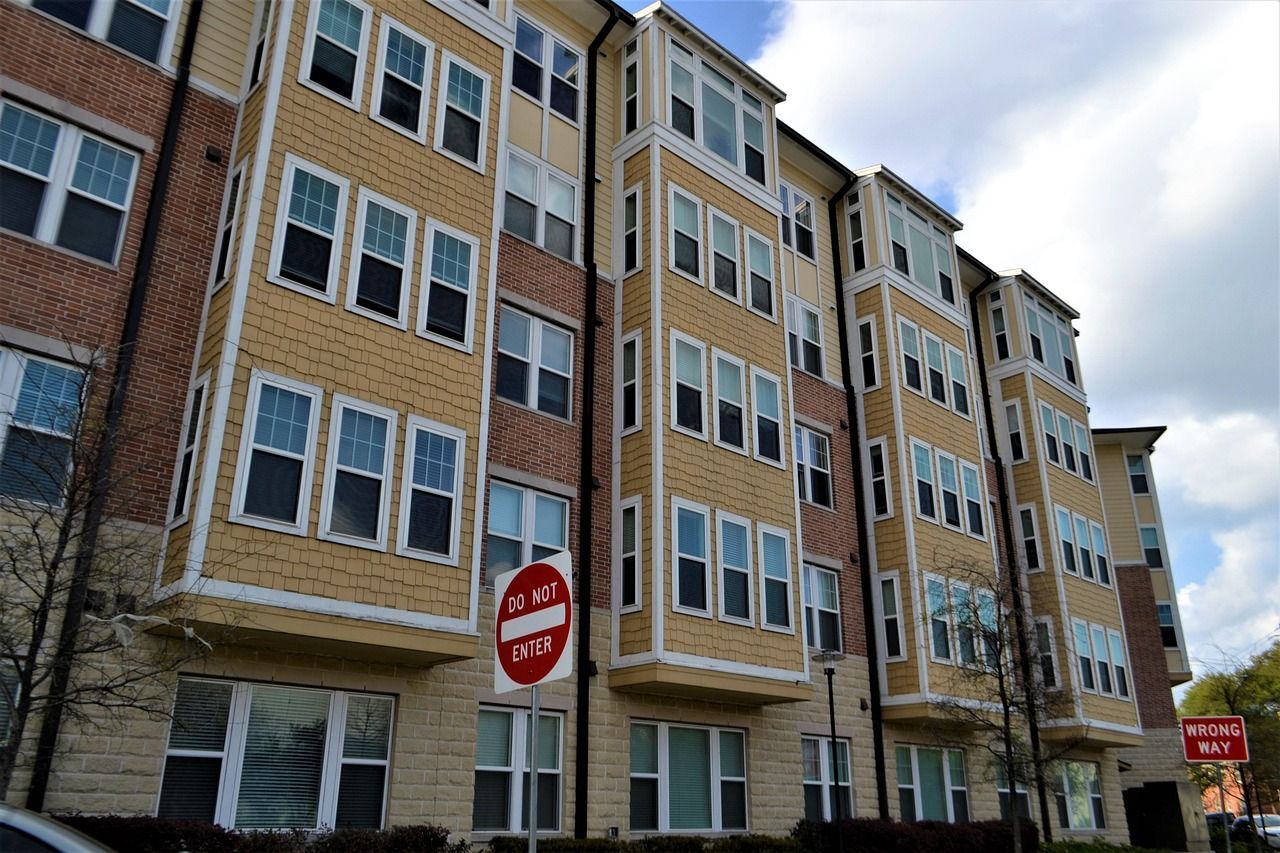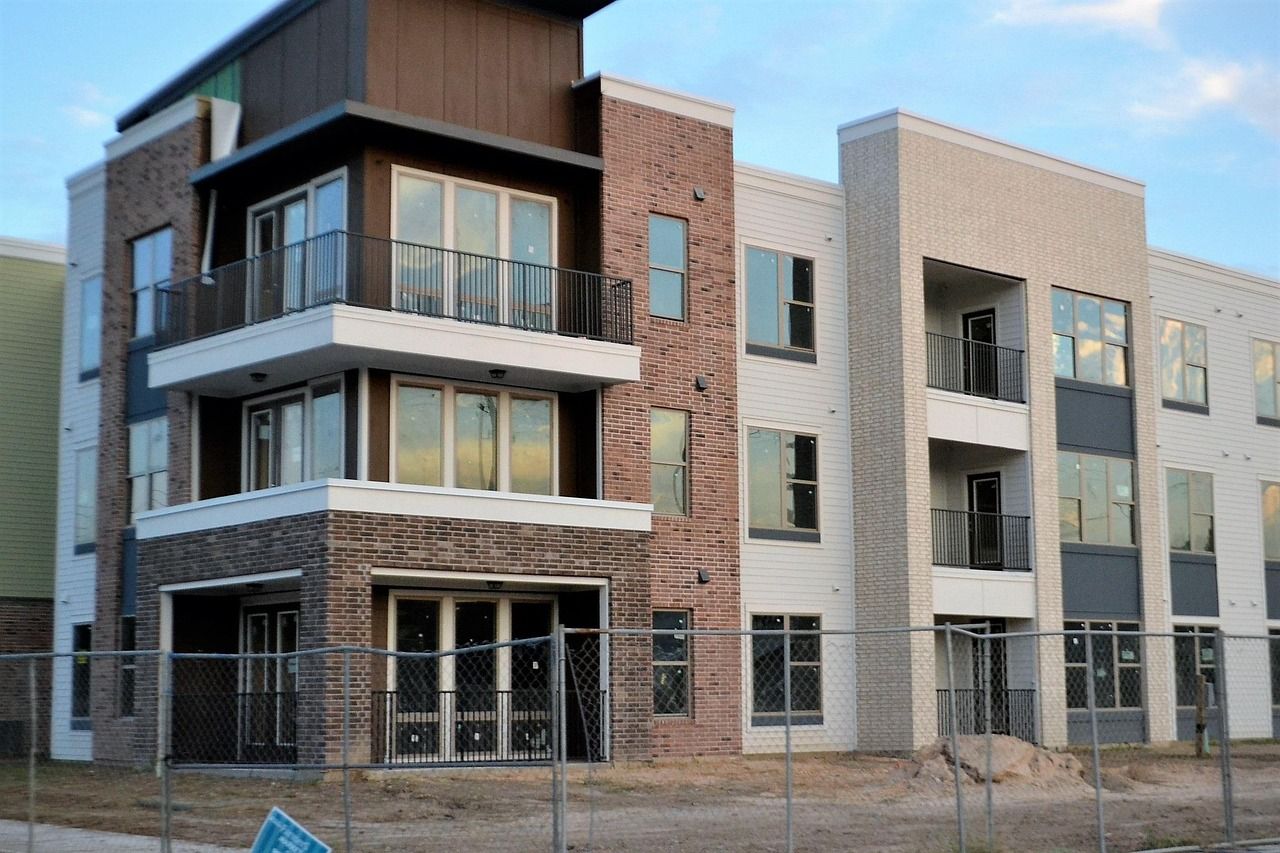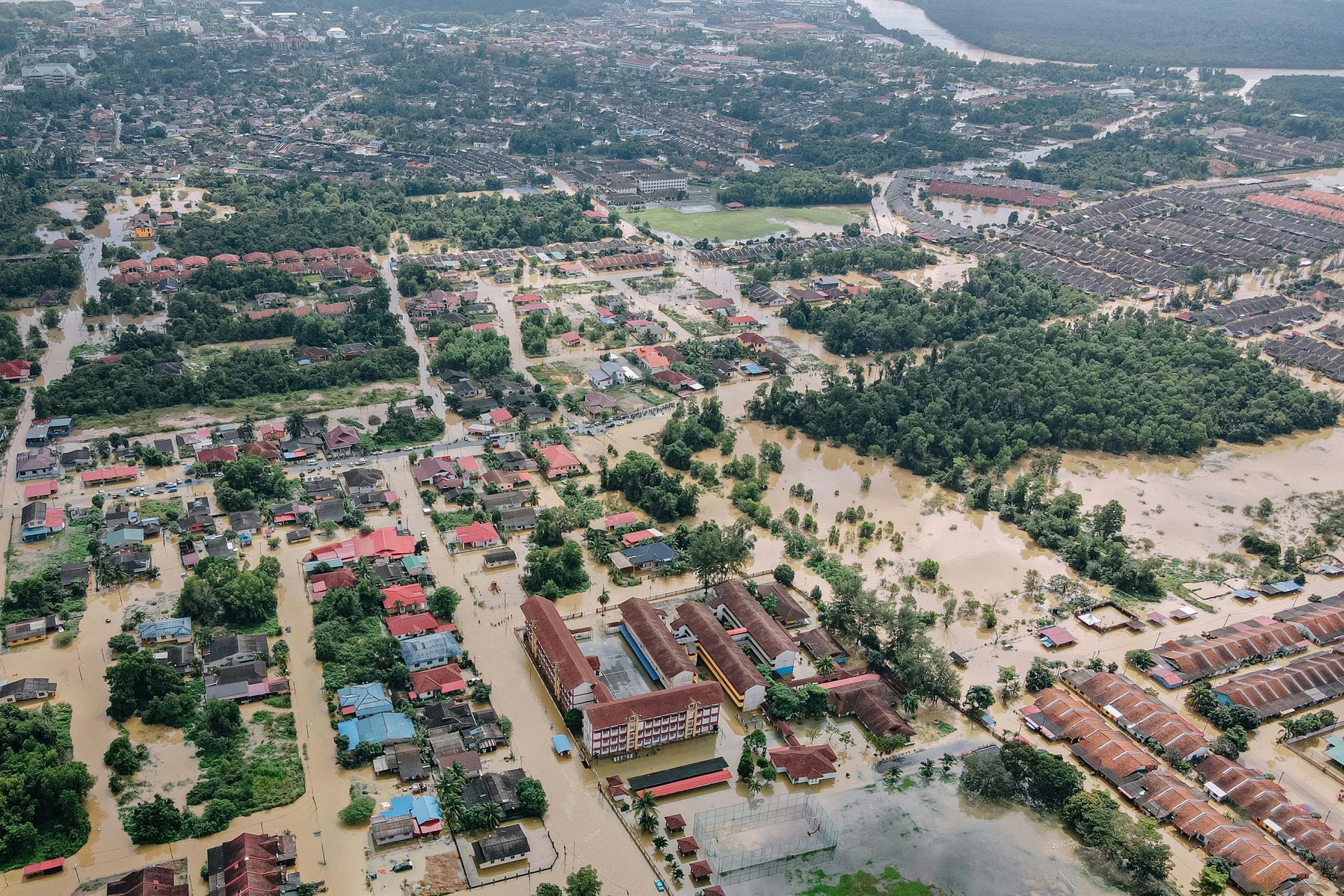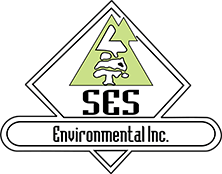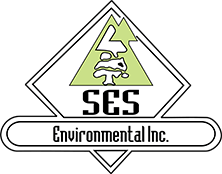The Importance of Phase I Environmental Site Assessments in Real Estate Transactions
For Commercial Buyers in Atlanta • Los Angeles • Houston • Tampa
Before closing any commercial real estate deal, smart investors know that what’s under the property can be just as important as what’s on it.
A
Phase I Environmental Site Assessment (ESA) is one of the most critical due diligence steps in any property transaction — helping buyers uncover hidden environmental risks that could lead to major financial or legal liabilities.
Whether you’re acquiring a warehouse in Houston, redeveloping land in Atlanta, investing in retail property in Tampa, or upgrading a commercial site in Los Angeles, a Phase I ESA protects your investment and ensures compliance with federal lending and environmental regulations.
🔍 What Is a Phase I Environmental Site Assessment?
A
Phase I ESA is an environmental due diligence report conducted according to
ASTM Standard E1527-21 and
EPA’s All Appropriate Inquiry (AAI) rule.
It evaluates whether a property shows signs of
recognized environmental conditions (RECs) — contamination from hazardous substances or petroleum products that could affect property value or pose cleanup responsibilities.
A Phase I ESA typically includes:
- Historical research – reviewing aerial photos, Sanborn maps, and property records to identify past uses.
- Regulatory database review – checking federal, state, and local databases for spills, leaks, or violations.
- Site inspection – assessing current property conditions and potential sources of contamination.
- Interviews – talking with current and past owners, operators, and local officials.
- Final report – summarizing findings and identifying any potential environmental risks.
⚖️ Why a Phase I ESA Matters in Real Estate Transactions
Environmental issues can turn an attractive investment into a costly problem overnight.
Here’s why a
Phase I ESA is essential before purchasing or refinancing a property:
1. Protects Buyers from Liability
Under the
Comprehensive Environmental Response, Compensation, and Liability Act (CERCLA), property owners can be held responsible for contamination — even if they didn’t cause it.
A properly completed Phase I ESA can qualify a buyer for “innocent landowner” liability protection.
2. Required by Lenders and Investors
Most commercial lenders, including SBA and HUD, require a Phase I ESA before funding a loan.
Without it, financing delays or denials are common — especially for industrial or previously developed sites.
3. Identifies Hidden Environmental Risks
Many issues aren’t visible to the naked eye. Former gas stations, dry cleaners, auto repair shops, or industrial sites may have soil or groundwater contamination that impacts redevelopment plans.
4. Informs Negotiations and Redevelopment Plans
Knowing the environmental history allows buyers to renegotiate purchase prices, plan remediation budgets, or design future use plans that align with environmental constraints.
🌎 Regional Environmental Risk Hotspots
Each major market — Atlanta, Los Angeles, Houston, and Tampa — presents unique environmental considerations:
- Atlanta: Redevelopment of industrial corridors and brownfields often uncovers old underground storage tanks or dry-cleaning solvents.
- Los Angeles: Urban density and legacy aerospace and manufacturing sites raise the potential for VOCs and soil vapor intrusion.
- Houston: Petrochemical activity and flooding increase the risk of groundwater contamination and environmental migration.
- Tampa: Coastal development and old landfill reuse can expose properties to soil and stormwater management challenges.
Local experience matters — environmental conditions vary significantly across each region’s geology, regulations, and industrial history.
🧰 What Happens After a Phase I ESA?
If the Phase I ESA identifies Recognized Environmental Conditions (RECs), the next step may be a Phase II ESA, which involves subsurface sampling of soil, groundwater, or building materials to confirm contamination levels.
Addressing these findings early allows investors to:
- Evaluate remediation costs before closing
- Negotiate cleanup responsibilities
- Avoid project delays and legal exposure
🏢 Safeguarding Your Investment with Environmental Due Diligence
A
Phase I Environmental Site Assessment isn’t just a box to check — it’s a strategic investment in risk management.
For property owners, investors, and developers in
Atlanta, Los Angeles, Houston, and Tampa, it’s a vital tool to protect assets, ensure compliance, and maintain long-term property value.
✅ Partner with a Qualified Environmental Professional
Working with an experienced
Phase I ESA provider ensures your assessment meets ASTM and EPA standards while addressing region-specific challenges.
A thorough, well-documented report not only protects you legally but gives you confidence in your real estate investment decisions.
📞
Contact our environmental assessment team today to schedule a consultation or request a Phase I ESA quote for your next property acquisition in
Atlanta, Los Angeles, Houston, or Tampa.
